Resource: Europe

Towards farmer principles of health
Ten statements / principles farmers have developed that make them successful in developing healthy farming systems, as part of the HealthNetworks Project, and used as the basis for the Farm System Health project.
Read more »
Good agricultural practice in irrigation management
This FiBL guide will help farmers, growers and agricultural consultants improve irrigation practices and manage water sustainably.
Read more »
Mulch systems and rotational no-till in vegetable farming
Organic Grower article explaining a system German grower Johannes Storch created using cover crops, grass and silage as mulch and the MulchTec planter he and his team invented to plant through the mulch.
Read more »
Agroecology in times of COVID-19
A short paper exploring the ways in which applying an agroecological approach can be particularly helpful during a global coronavirus pandemic when man is reminded of how closely human, animal and ecological health are linked.
Read more »
Natural Poultry Health
Interested in guidance on keeping your flock healthy with herbs and other natural products? This useful guide has a range of tips and recommendations.
Read more »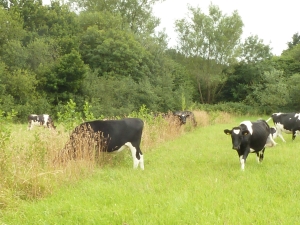
Trees for shade, shelter, survival and body maintenance
Trees and hedgerows can improve livestock welfare by providing shelter and scratching posts.
Read more »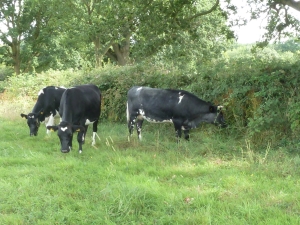
Browse, preserved tree fodder and nutrition
Trees and hedgerows are good sources of protein, vitamins and minerals for livestock.
Read more »
An Integrated Weed Management Framework
A framework consisting of 5 pillars for IWM to support farmers in defining IWM strategies; each containing a list of tactics able to affect one or more parts of the weed life cycle or of the weed-crop interaction.
Read more »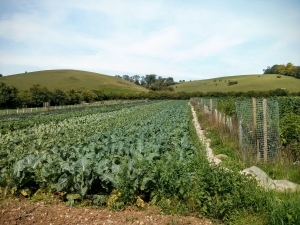
Using agroecology to enhance dietary diversity
Drawing on global research this article demonstrates how agroecology contributes to enhancing biodiversity and dietary diversity.
Read more »
Intercropping grain peas with barley
Practical recommendations for exploring the viability of combining grain peas with barley on your farm.
Read more »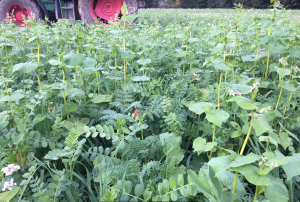
The AgroDiversity Toolbox
Everything you need to know about the management of cover crops: Check out this free, interactive web-based tool.
Read more »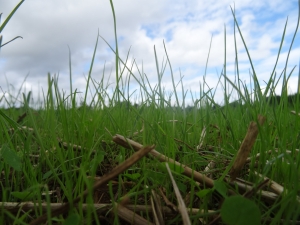
Know Your Soils #4: How to capture carbon in your soil
Know Your Soils #4: “If you want to capture carbon, you have to think like carbon!” hear from Napa RCD soil scientist & farmer Charles Schembre about ways to monitor and sequester carbon on farm.
Read more »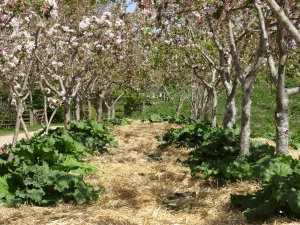
Trees and crops: making the most of the space
An AGFORWARD leaflet that focuses on managing the tree understorey in a horticultural agroforestry system, for increased food production and biodiversity.
Read more »
AGFORWARD best practice leaflets
Invaluable guidance for farmers from the AGFORWARD team on how to plan, create and manage an agroforestry system.
Read more »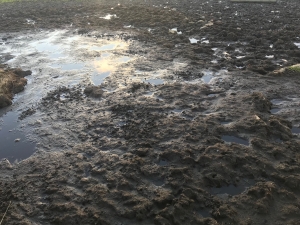
Know Your Soils #3: Monitor the impact of water run-off
How much topsoil and nutrients do you lose with rainwater run-off? This resource explains a test you can do to understand how much is running off & whether it’s eroding topsoil and nutrients.
Read more »
Creeping Thistle Technical Guide
An essential guide for organic farmers outlining ways to prevent creeping thistle from taking hold and the most effective control measures.
Read more »
9 Key-Concepts For Food Diversity
How do we build resilience in local food networks? DIVERSIFOOD offer nine key concepts to promote food diversity for more sustainable and higher quality farming.
Read more »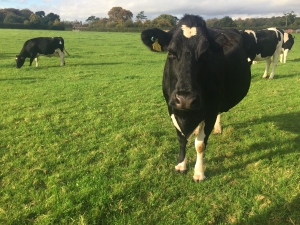
Low-input antibiotic strategies: improving animal health & welfare
Leaflet about farmer-led trials about using herbs in pasture, a herd health discussion group and improving udder health through use of a mint ointment.
Read more »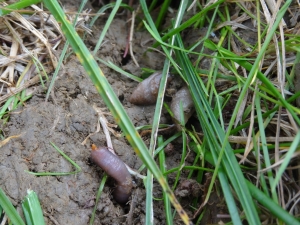
The Spade Test
A useful video with a detailed description of how to take a soil sample and interpret it using the spade test.
Read more »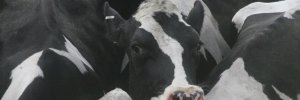
Resigning protein concentrates in dairy cattle nutrition
Is it possible to develop a low-protein, high fibre diet for dairy cattle that is good for them, good for milk production and good for the environment?
Read more »
ROTOR: organic crop rotation planner
A tool to help you plan for food and fodder within your rotation and consider weed management, plant health, maximising nitrogen (N) fixation and avoiding N losses.
Read more »
Pea-barley intercrops
Research showing that intercropping field peas and spring barley can encourage more efficient nitrogen use.
Read more »
Functional biodiversity to improve pest control
Interesting research that focused on identifying appropriate plants within flowering strips and companion cropping to help control apple and cabbage pests.
Read more »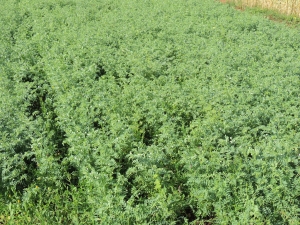
Underutilised Crops
Find out about the DIVERSIFOOD project and the potential part it could play in future farming; increasing crop diversity and creating local high quality food systems.
Read more »